Method Development
Learn GC method development with training designed to optimize separations. Discover how to select the best column, stationary phase, and detector for your analysis. Explore key parameters like retention time, resolution, selectivity, and efficiency to refine your method. Understand the impact of inlet selection, gas flow rates, pressure control, and temperature programming on performance. Gain practical insights into sample preparation, internal standards, and calibration techniques for accurate, reproducible results. With webcasts, video training courses, and troubleshooting tips, these courses provide the knowledge needed to develop robust, reliable GC methods.
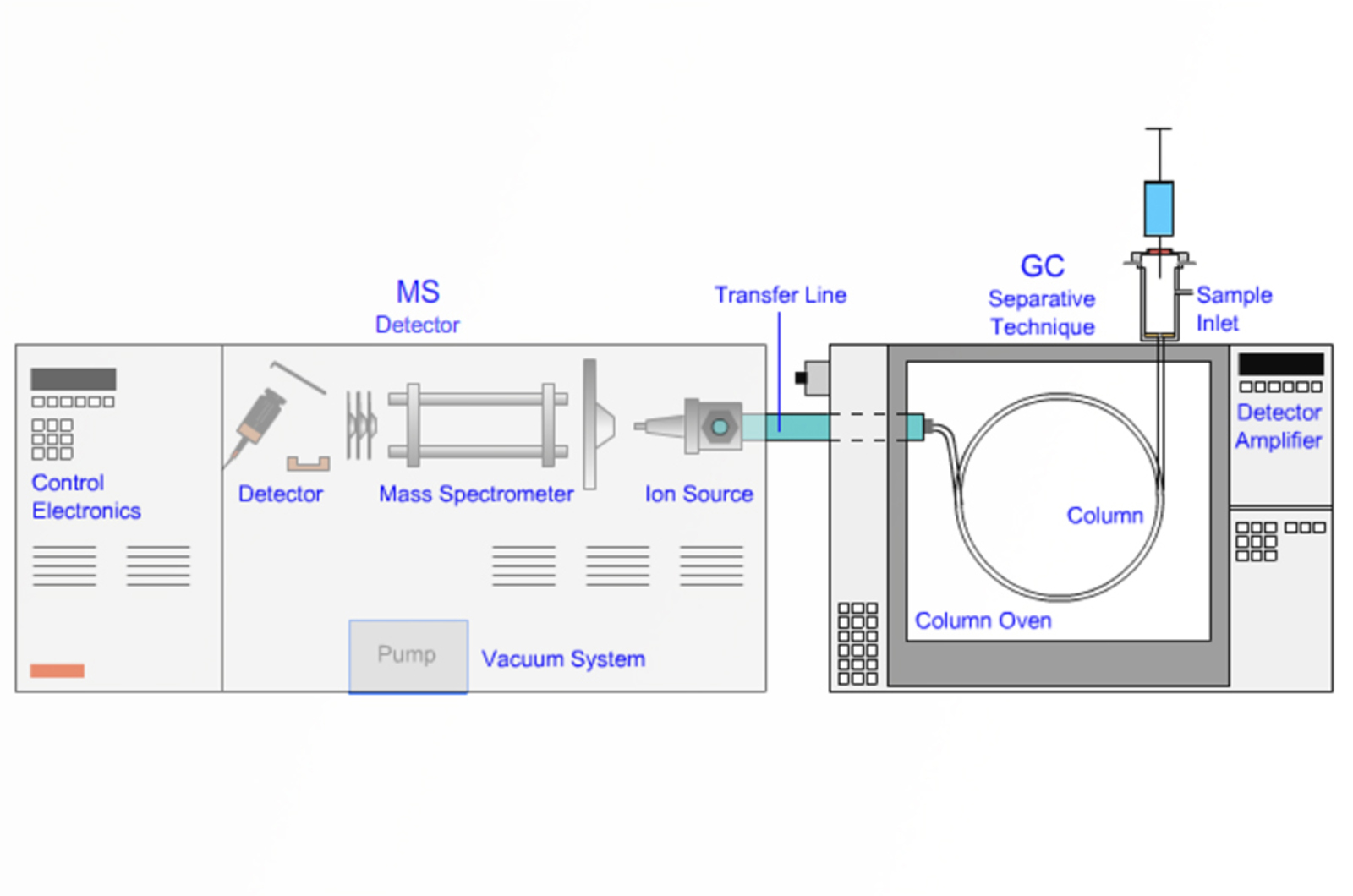
Translating GC and GC-MS Methods
The definitive guide for translating GC and GC-MS methods. We explore the various reasons for translating methods including improved chromatography, faster throughput, adopting modern column geometries, and switching to hydrogen carrier from helium. All aspects of instrument hardware and method variable translation will be detailed.
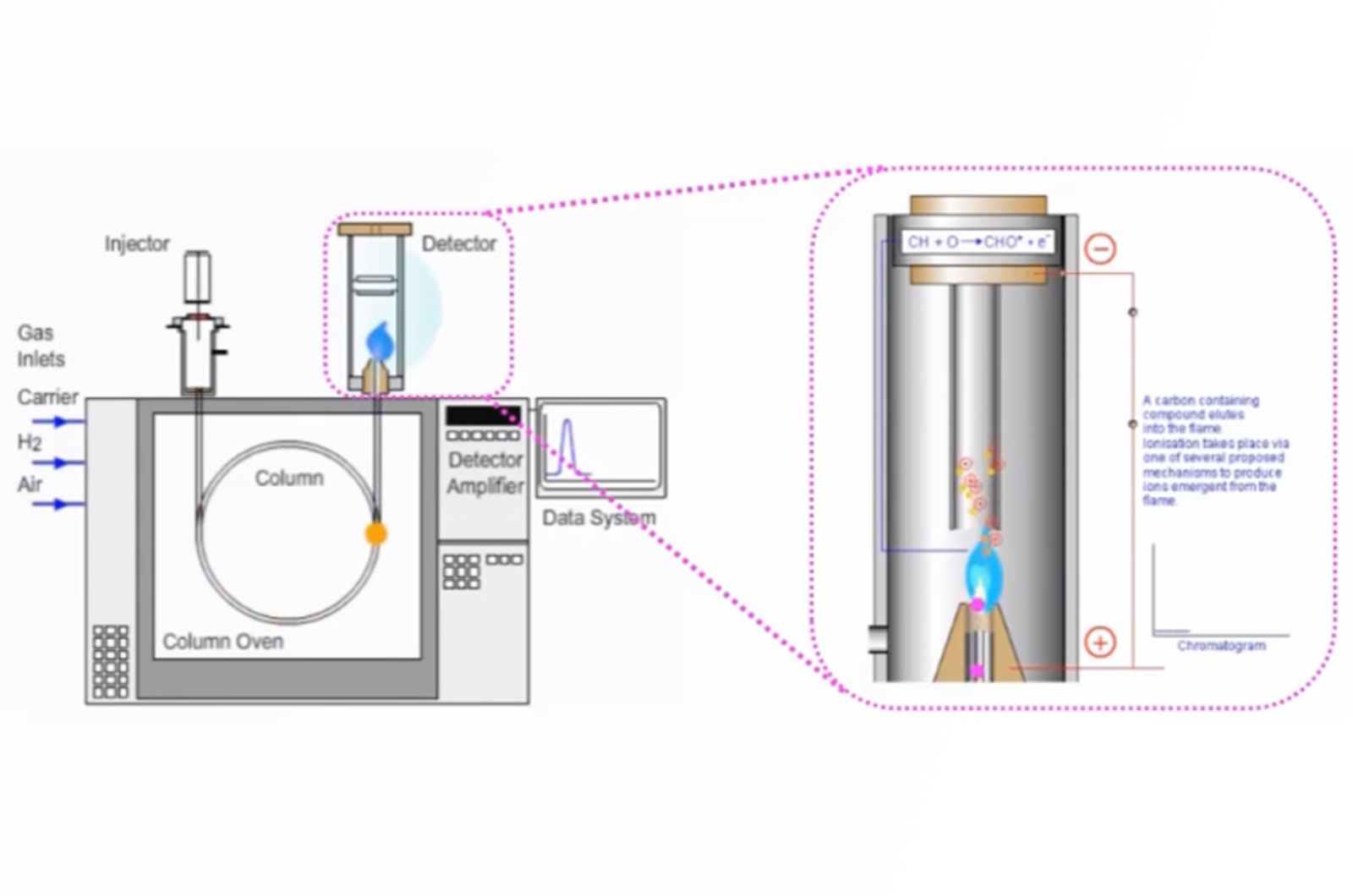
Developing Better GC Methods - A Blueprint
This webcast will draw up a blueprint for a highly useful and practically relevant optimum GC method. We will examine the many instrument parameter settings, as well as the chemistry and temperature program considerations which can and should be optimized for every analysis. We will also detail what the ideal method specification might look like and highlight the important decisions which lead to highly stable and sensitive GC methods.
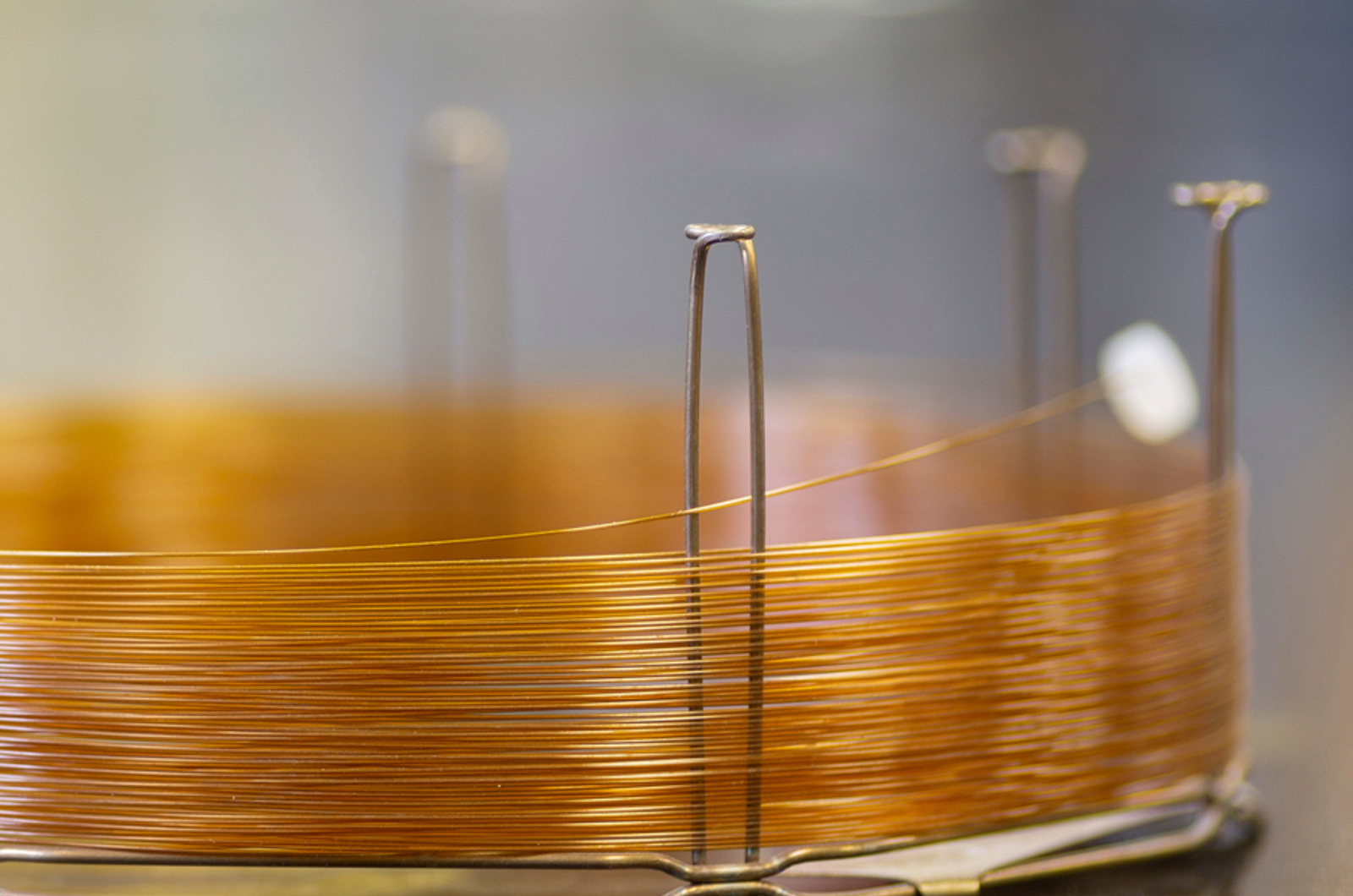
Developing Fast Capillary GC Separations
This webcast presents a concise guide on increasing sample throughput for capillary GC for both existing standard equipment as well as the latest bespoke equipment and approaches for fast GC.
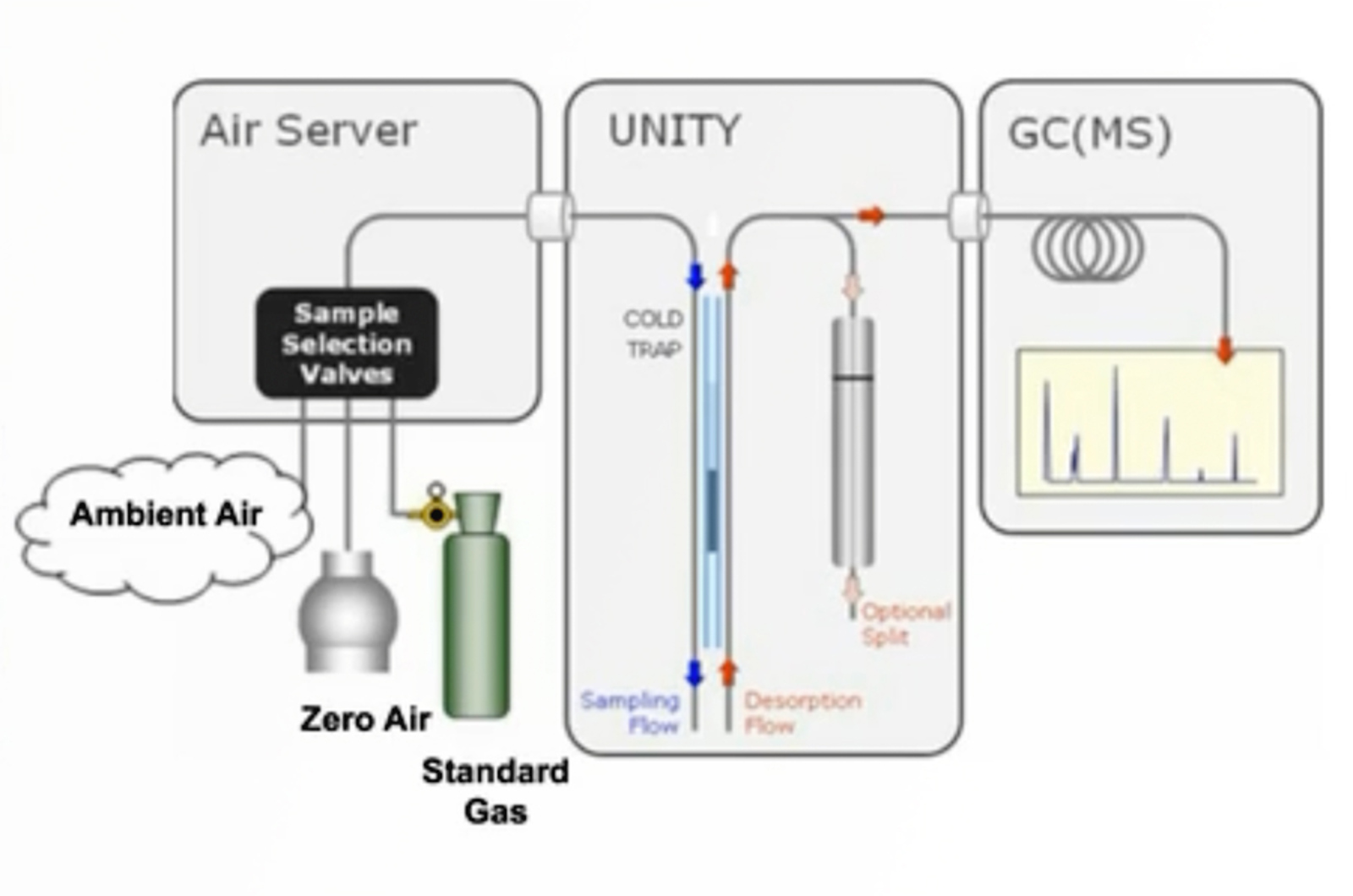
Air Monitoring: What are the Right Tools for the Job?
This webcast will cover the various options available for sampling a variety of VOCs in a range of situations/conditions, and discuss the advantages and disadvantages of each technique. In addition to the sampling techniques we will look at the latest developments in analysis and detection of these compounds.
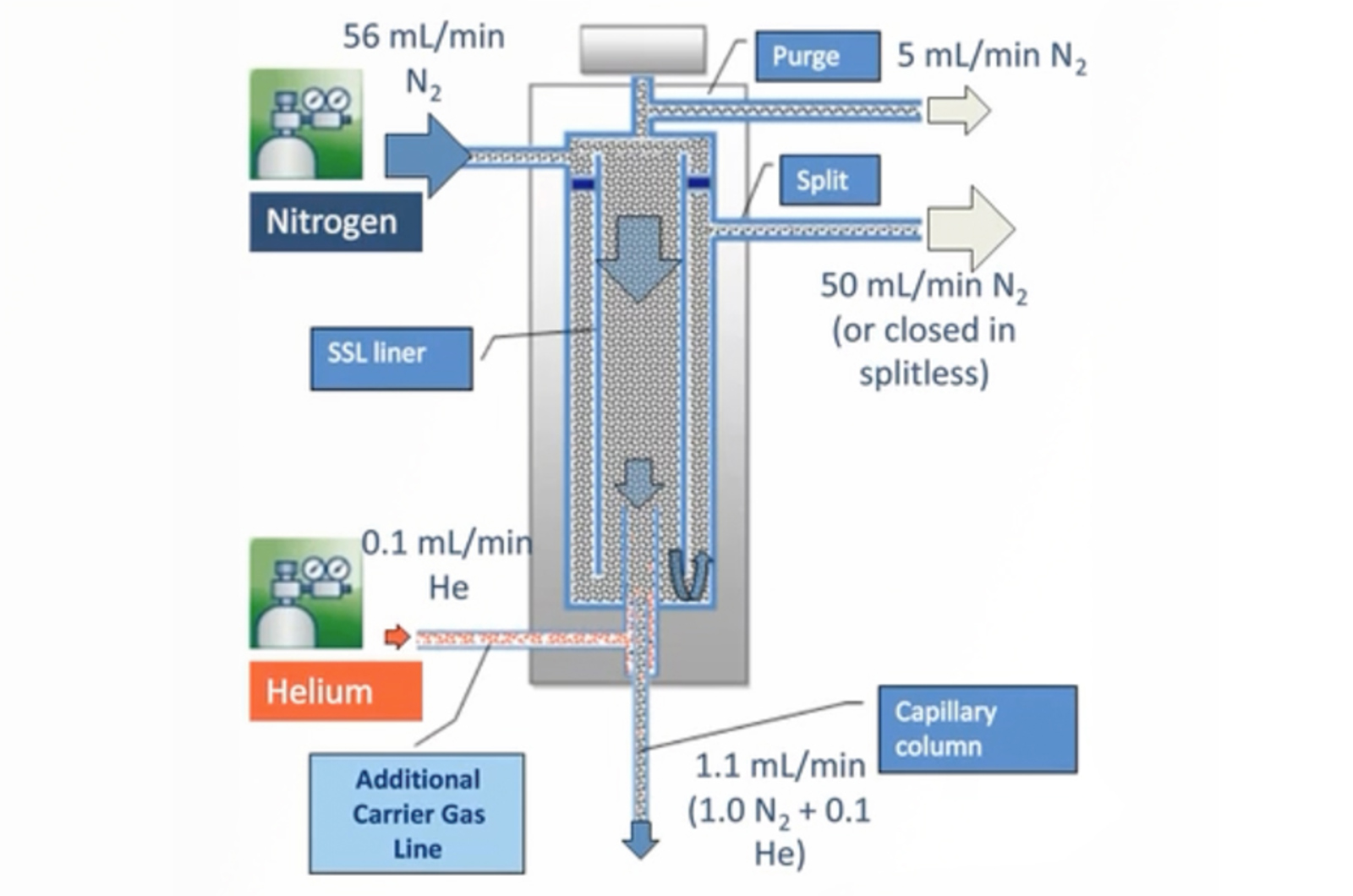
A More Cost-Effective Carrier Gas for Volatile Organic Compound Analysis
This informative webcast will discuss a purge and trap system capable of using two different gases for operation. While helium is used as the carrier gas, maintaining existing performance, a less expensive gas, such as nitrogen, is used for the injector split and purge and trap purge phases. The presentation will include data from studies using the most common U.S. Environmental Protection Agency (EPA) volatile organic compound (VOC) methodologies.
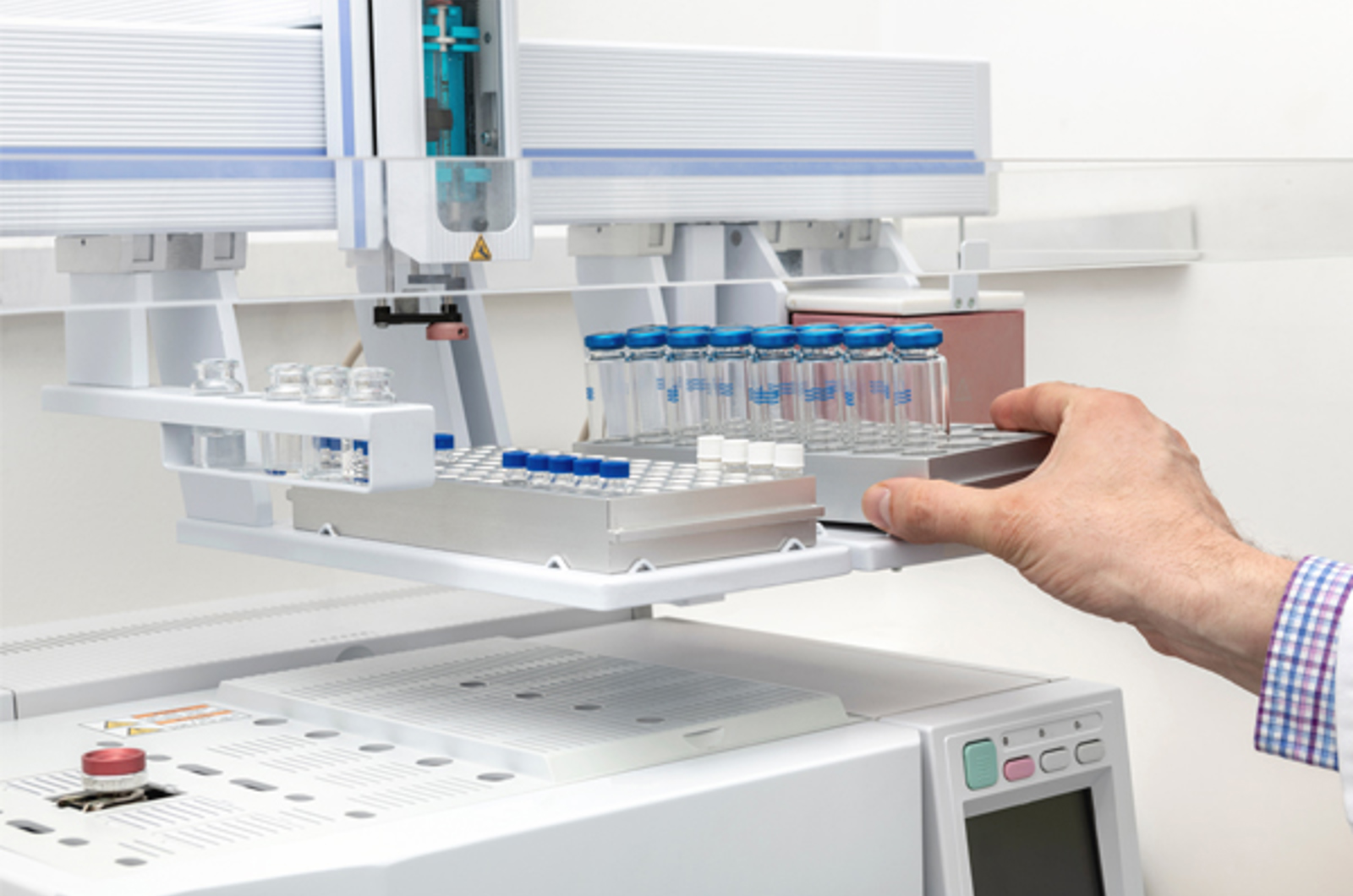
Automated Derivatization for Gas Chromatography
This webinar demonstrates the power of analyte derivatization to improve gas chromatography performance. Reactions will be highlighted to improve volatility, improve peak shape and quantitative reproducibility, improve selectivity, and specificity with traditional and MS detection. We will also highlight recent technology advances which make a host of derivatization reactions suitable for automation, which enable just in time or unattended operation and which improve reproducibility of derivatization chemistry.
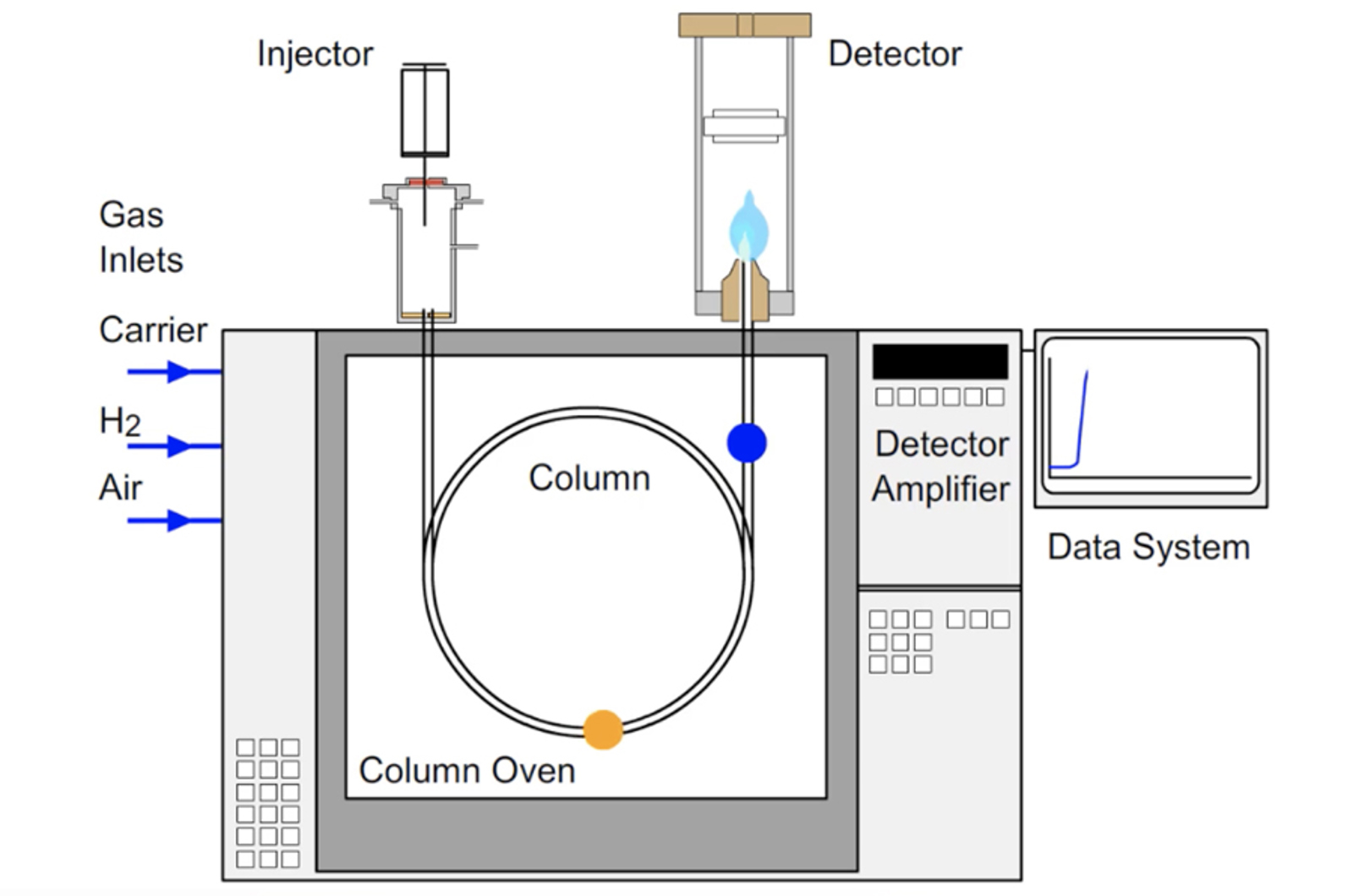
GC Method Development Video Training Course
This course has been designed for those who are experience in GC and who are now looking to develop their experience and understanding of method development. During the course we will assume that you are familiar with the basic theories of gas phase chromatographic separations, but we’ll also revisit some theory to underpin the teaching.
Accredited by 
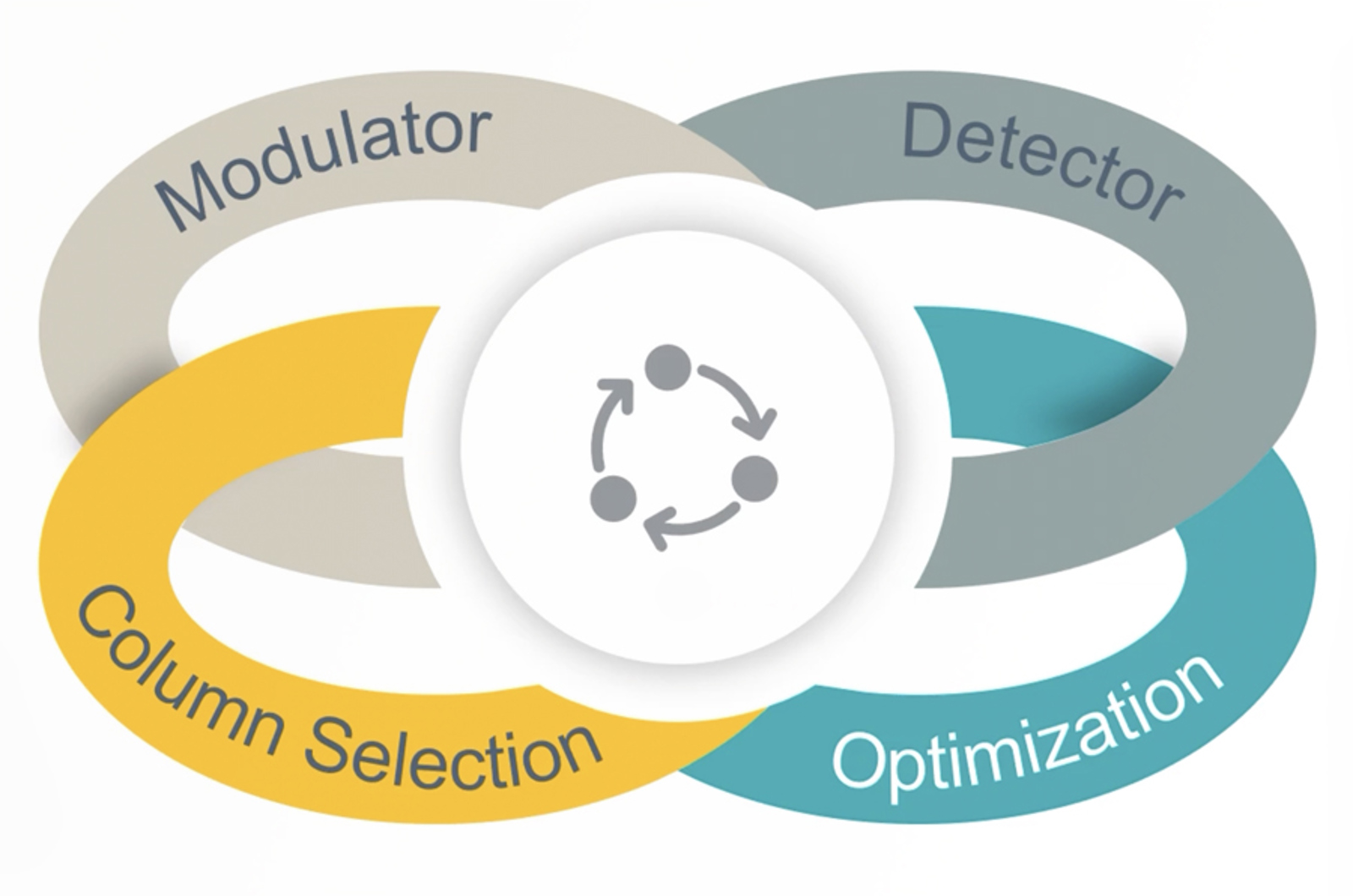
CHROMtalks - GCxGC: It’s Not That Hard - Really!
This presentation will focus on how to deal with some of the pain points encountered with GCxGC - especially for new users - while showing that it’s really not that hard, once you get the hang of it.
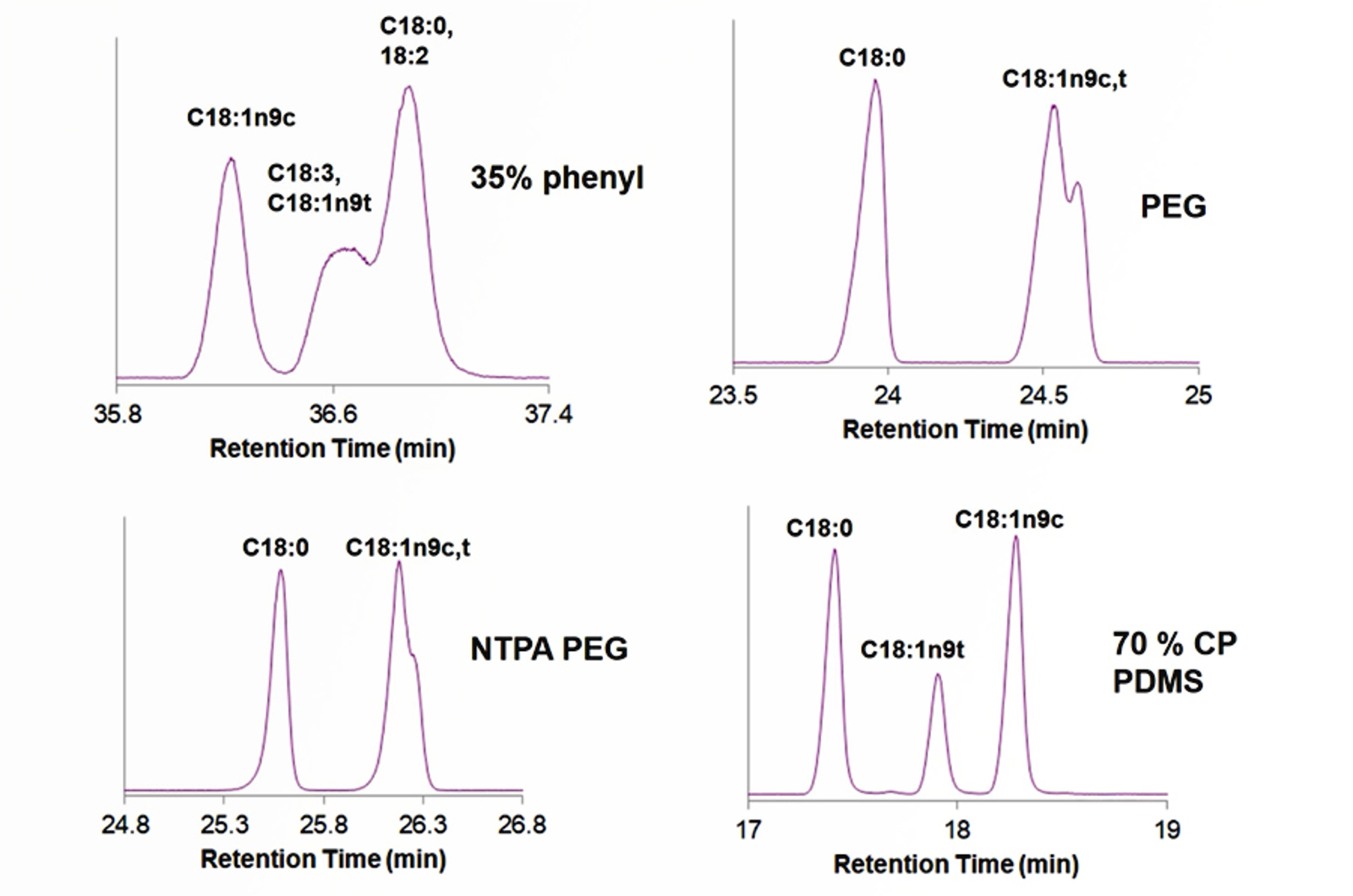
CHROMtalks - GC Column Selection: The Three Most Important Parameters to Consider
In this webcast, we will first give an overview of the separation mechanism in GC. Then we will discuss several important parameters to consider when selecting a capillary GC column. We will spend the bulk of the time describing column chemistry, which is the most important consideration when establishing a new GC method.
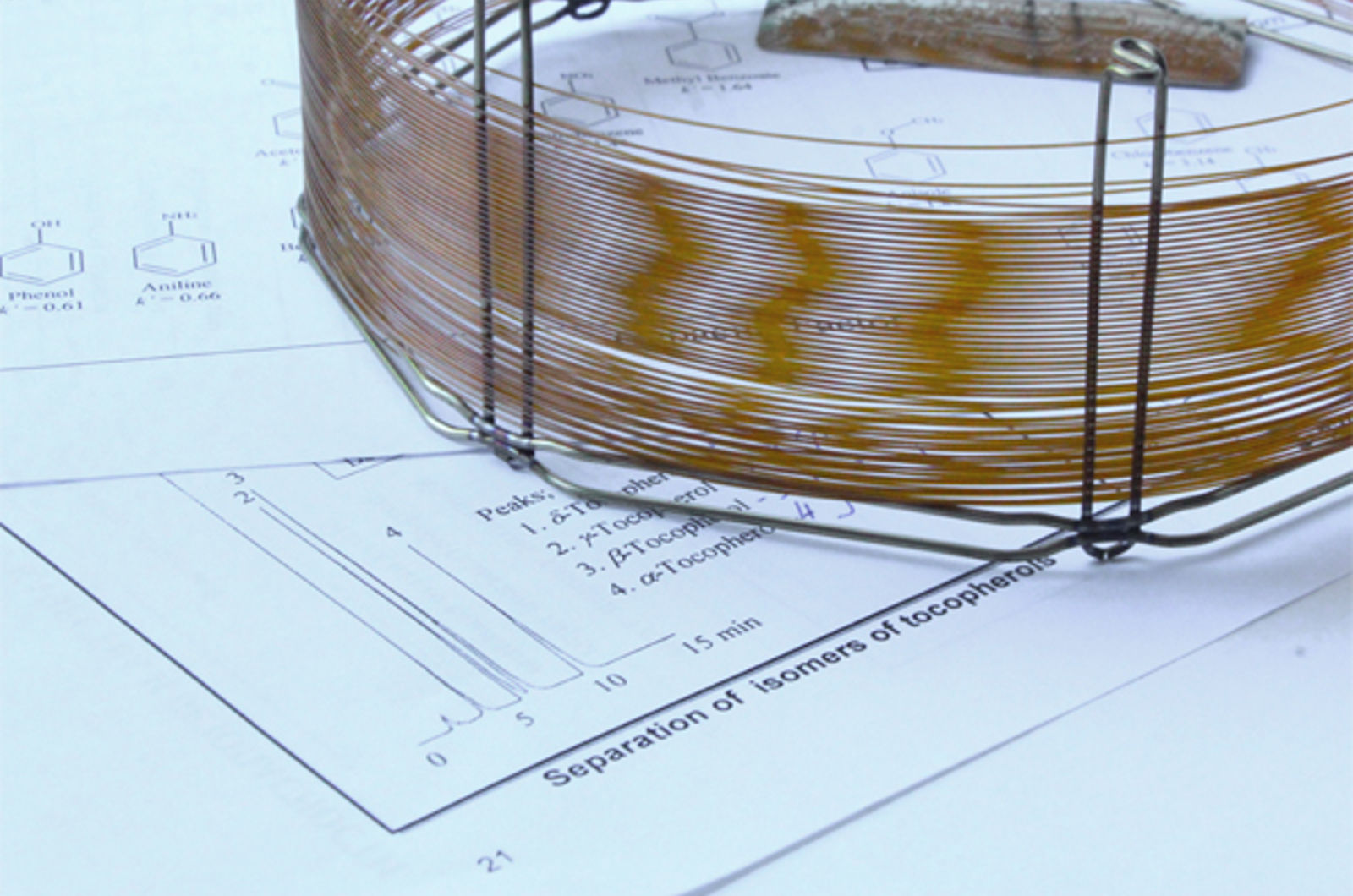
CHROMtalks - Using Classical Discussions of Separation in Gas Chromatography to Make Our Methods More Efficient and Greener
In this overview of the separation process in gas chromatography, we will examine the effects of each parameter on separations in capillary gas chromatography. We will examine the relationships between selectivity (α), temperature (T) and separation efficiency (N) and their impact on separation. We will see that analyte-stationary phase interactions and temperature are the primary drivers of selectivity and that column dimensions and carrier gas primarily drive efficiency. With a focus on temperature programmed separations, we will see how effective choices of separation conditions, column dimensions, temperature and gas flow s can make our methods practical and green, while using simple, classical instrumentation and ideas.
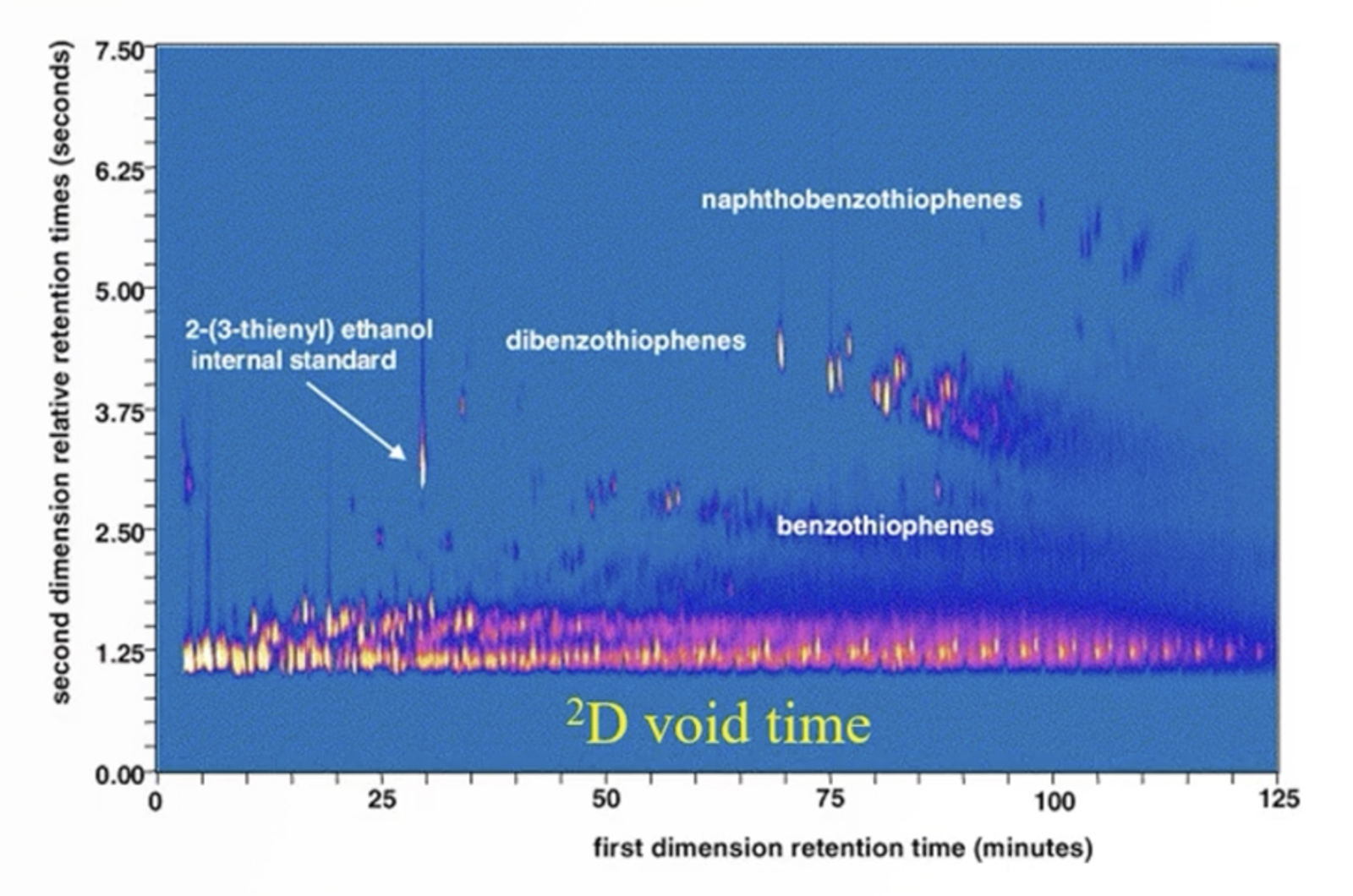
CHROMtalks - Comprehensive Two-Dimensional Gas Chromatography: Tips on Method Optimization
This presentation aims to provide basic and useful tips on how to optimize a GCxGC method, with thermal and flow modulation, in a rapid and straightforward manner. Even though GCxGC method optimization is often software-assisted, it is beneficial to possess basic knowledge on the interplay of variables involved in a GCxGC analysis.
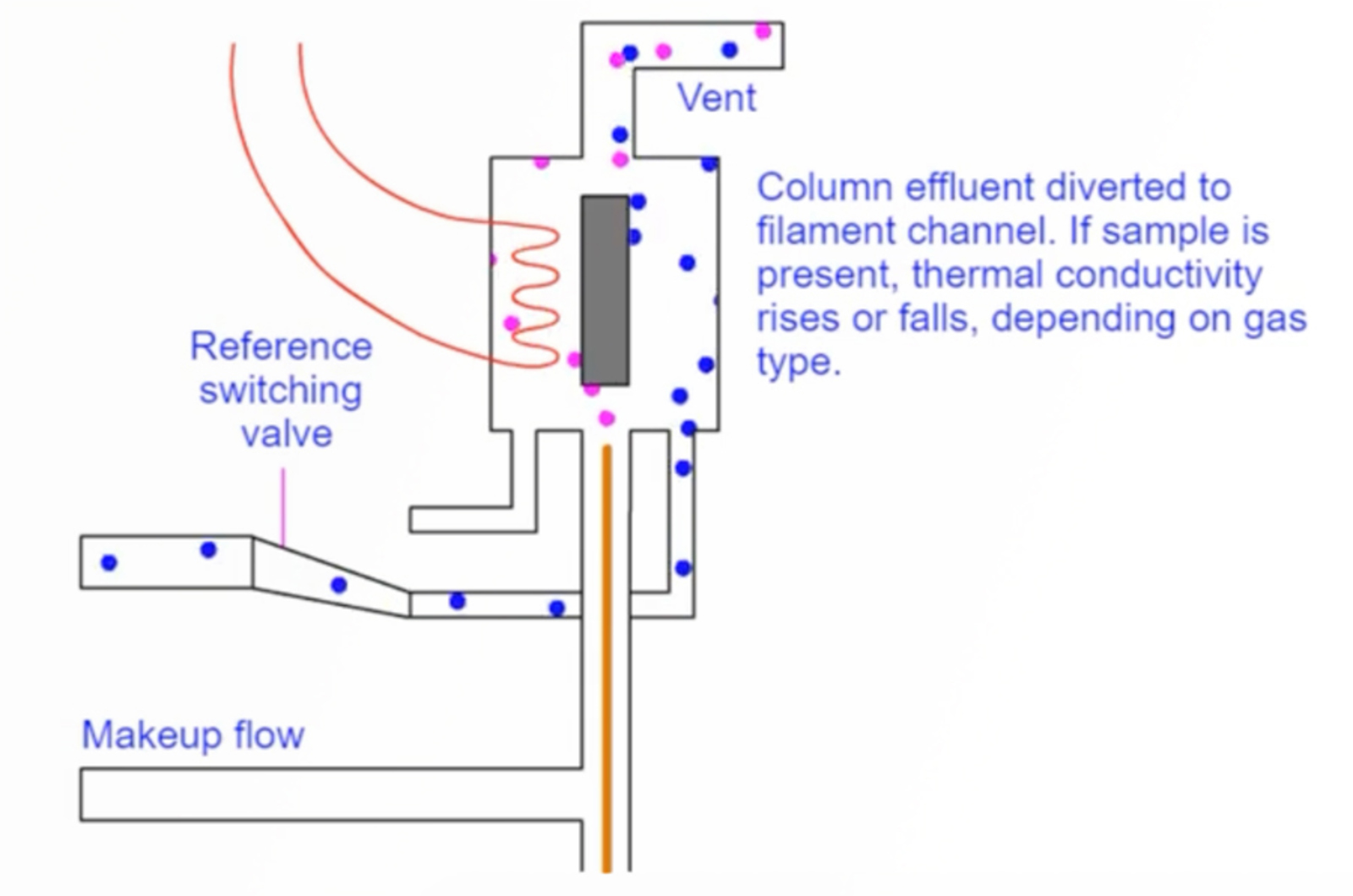
How to Optimize Key Variables in GC Analysis - GC Columns and Detectors
This short article will provide some quick rules to help select the correct column for each application. Furthermore, selecting a detector based on the analytes and analysis type can afford more specificity, therefore, we will consider some of the most common detectors used in GC.
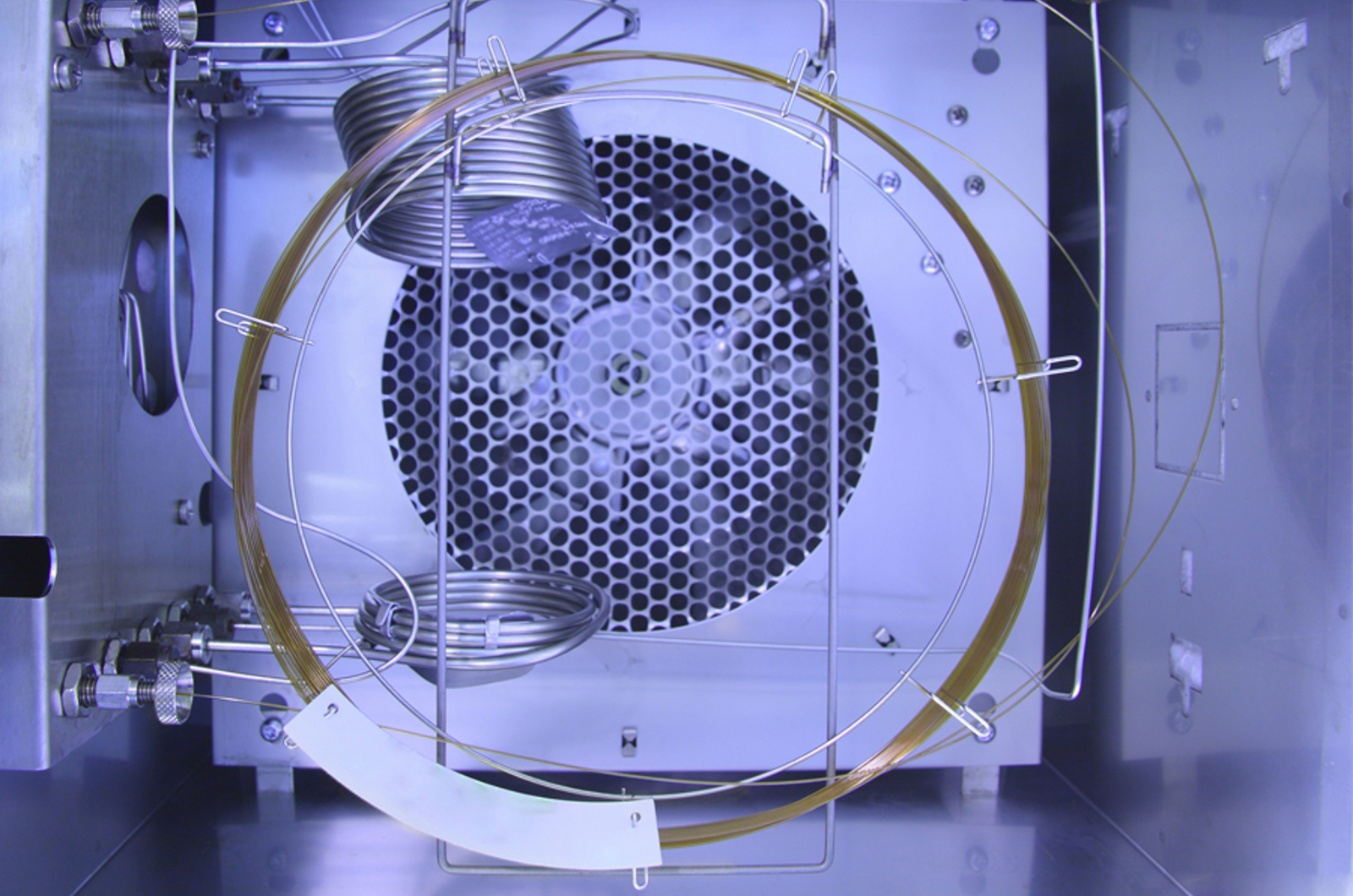
Real Life GC Column Selection
Follow these rules of thumb to select the correct GC column everytime.
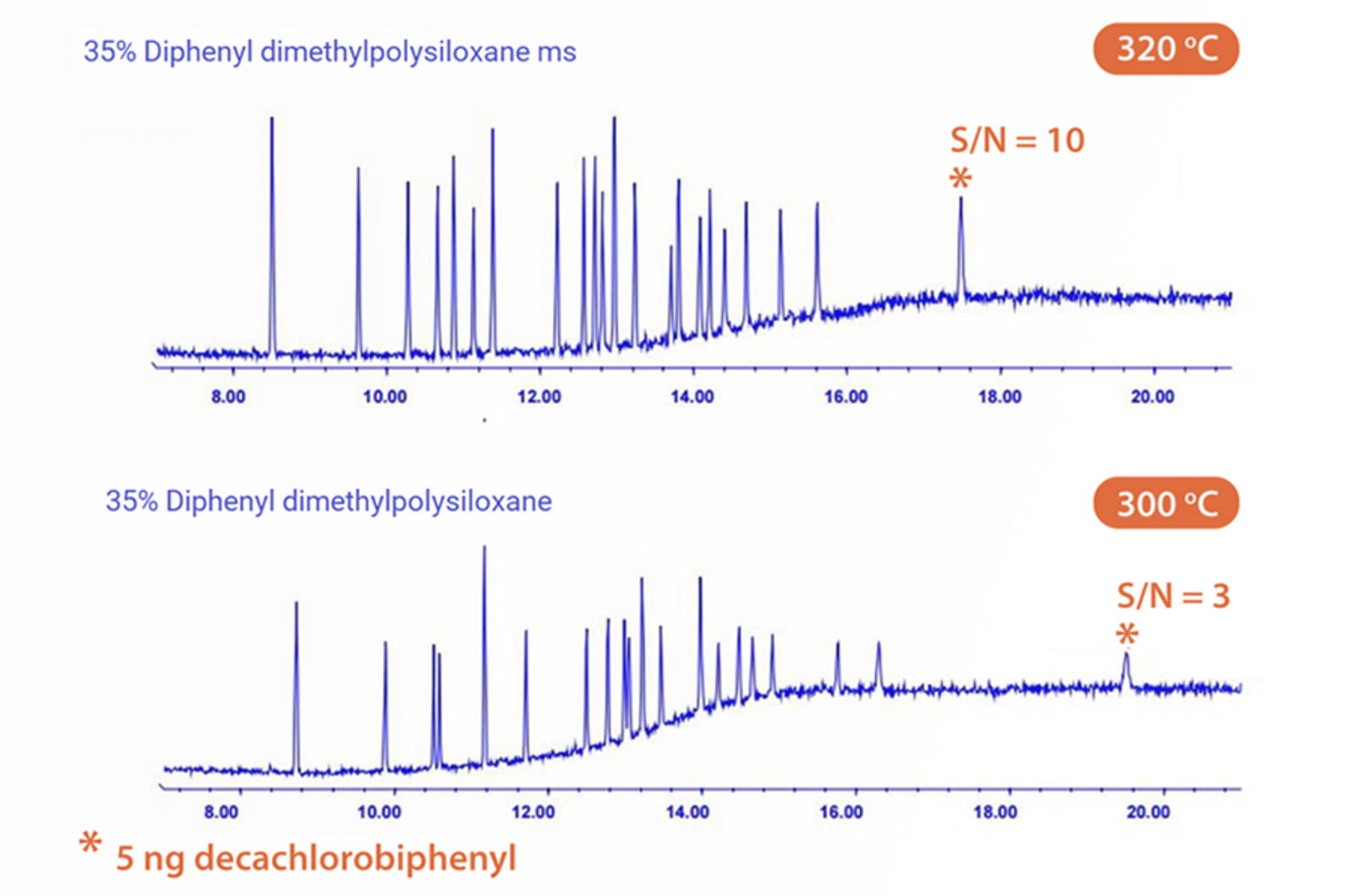
GC-MS Columns for GC Methods
Could you gain sensitivity in your GC method by utilizing a GC-MS column? The answer is yes! GC-MS designated columns have been designed to exhibit reduced bleed and high inertness even at elevated temperatures. For GC-MS applications low bleed stationary phases reduce column contribution to background noise which results in improved mass spectral purity and more accurate library identification. This quick guide discusses the benefits of using MS rated columns.
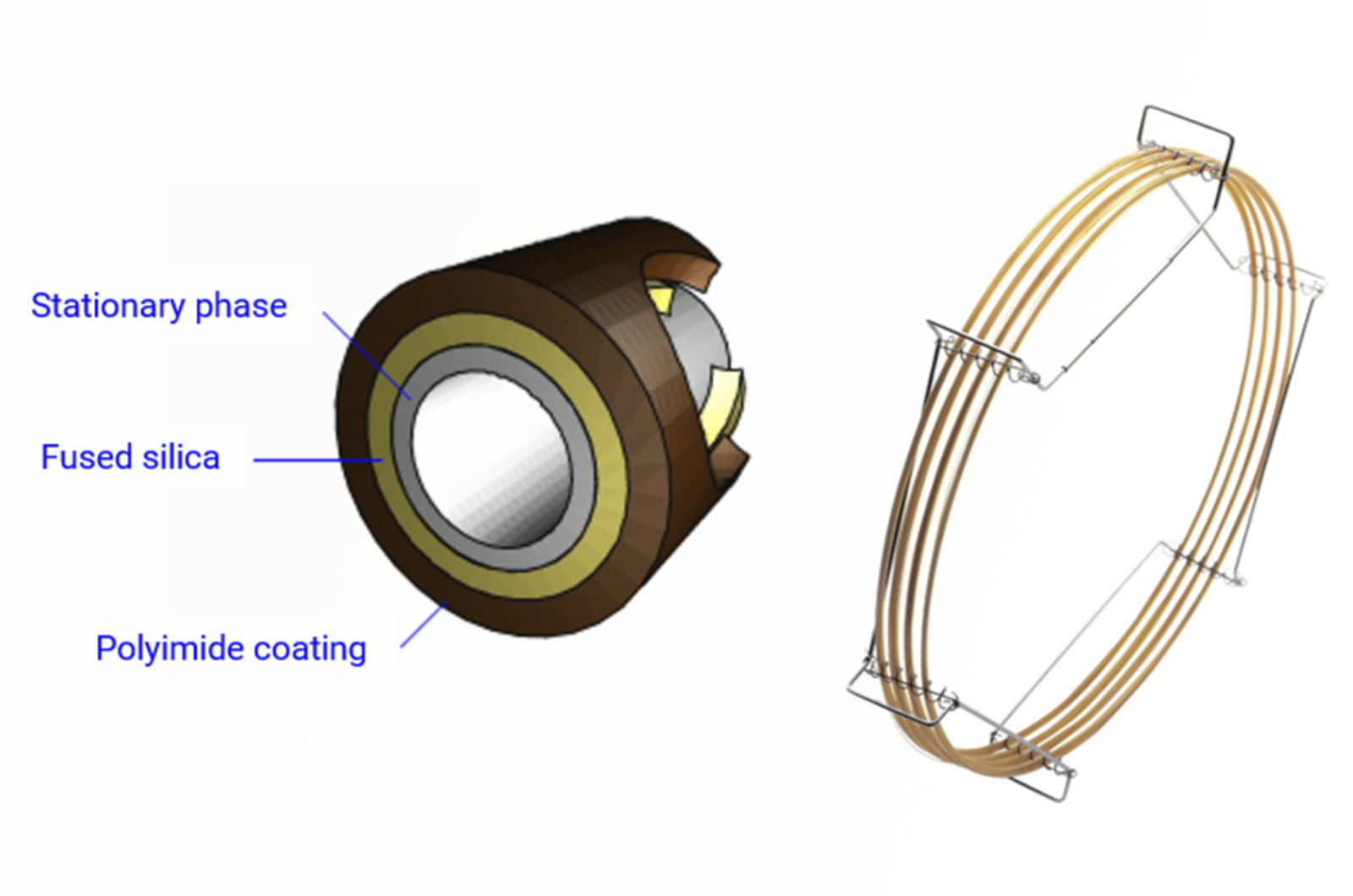
Column Selection for Capillary GC
In this webcast the fundamentals of GC phase design, bonding and deactivation, as well as stationary phase selection are presented. The session will also consider key topics such as column preparation, installation, and conditioning as well as considering the effects of the column geometry (length, internal diameter, and phase thickness) on the separation.
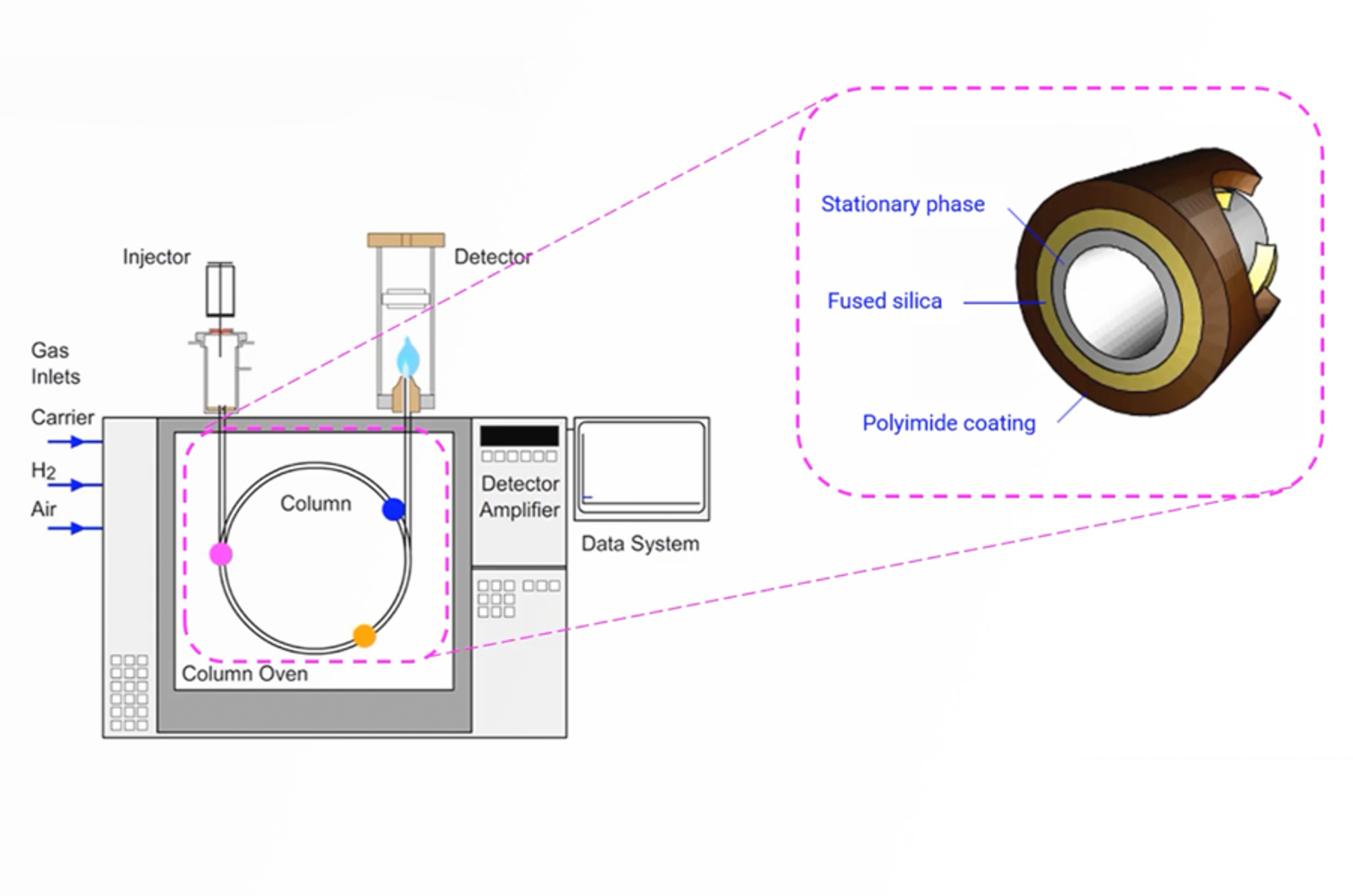
How to Select the Optimum GC Column
Whilst the choice of GC columns may seem myriad, the number of chemistries is actually rather limited; in this webcast you will learn how to select the best stationary phase composition for your application along with the factors which should influence your selection of column dimensions.

Choosing the Right GC Column - The Most Important Choice You Will Ever Make
In this webcast you will learn how to select the best stationary phase composition for your application. We also consider the factors which should influence your selection of column dimensions, and highlight how to avoid wasting time and money, as well as maximizing your chances of a successful separation.
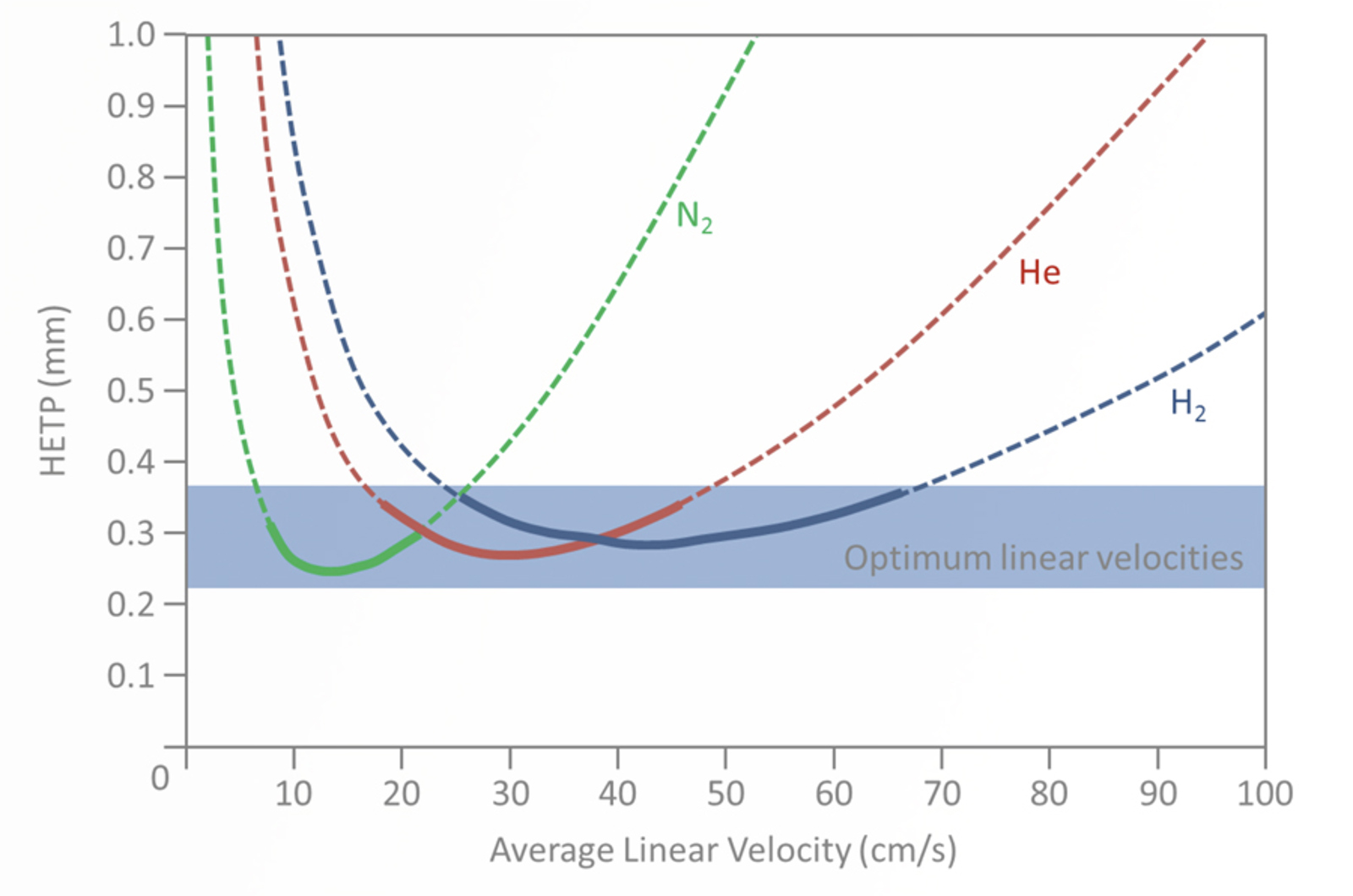
Translating to Hydrogen Carrier for GC – A Practical Perspective
In this webcast the various reasons for translating GC methods to hydrogen carrier are explored including improved chromatography and faster throughput. The chromatographic benefits of adopting modern column geometries in conjunction with hydrogen carrier gas will also be discussed. We will highlight a very practical approach to method translation based on experience, and we will feature many tools and calculations which can be used to ease the translation experience, and maximize the benefits!
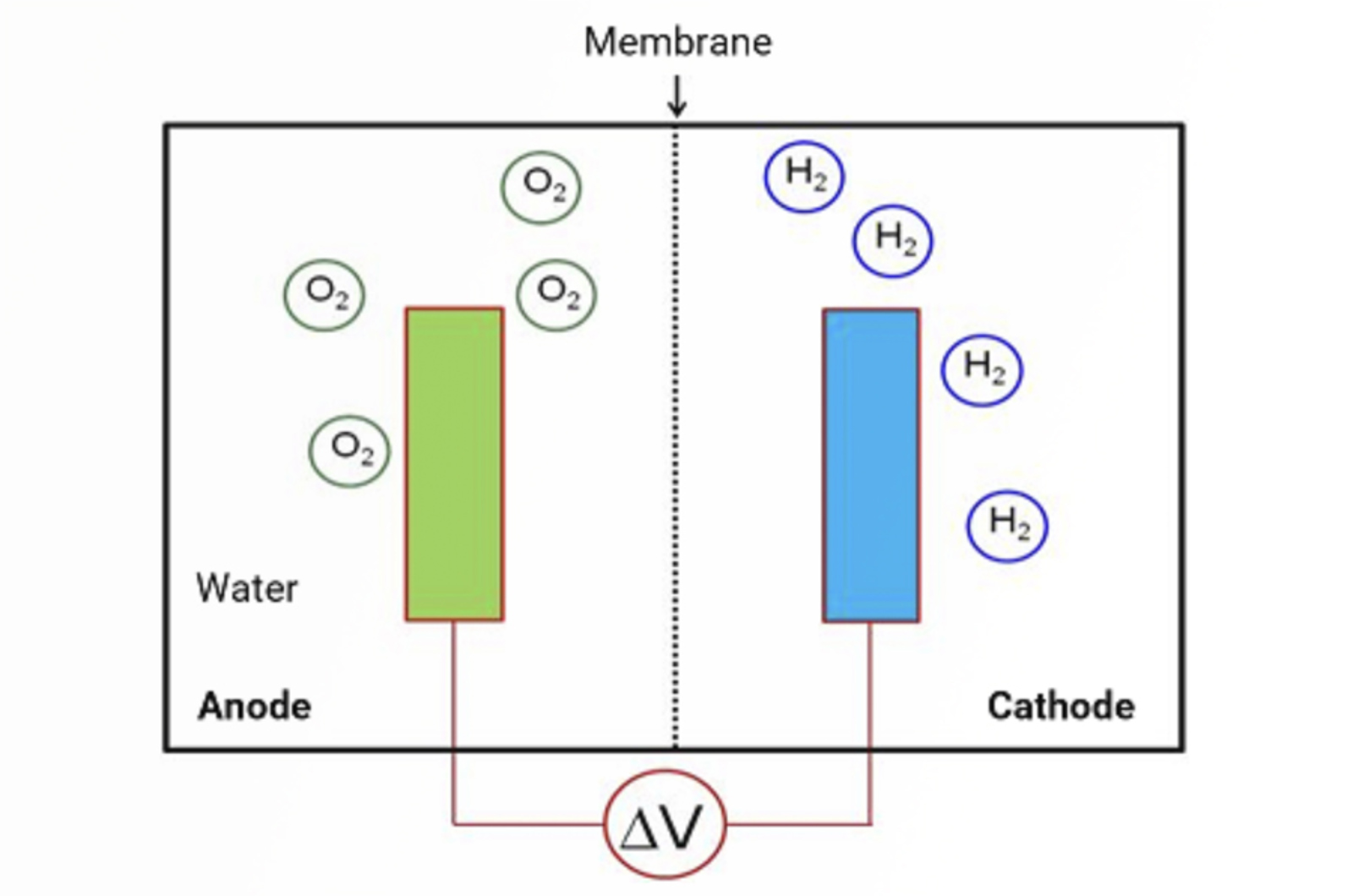
Translating GC Methods from Helium to Hydrogen Carrier Gas
This webcast will provide practical information on how to change methods quickly and simply to hydrogen carrier gas. The chromatographic benefits of adopting modern column geometries in conjunction with hydrogen carrier gas will be discussed. We will discuss regulatory challenges, such as, the need for method re-validation and approaches to verifying translated methods.
